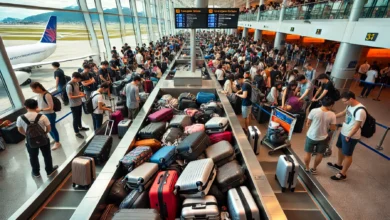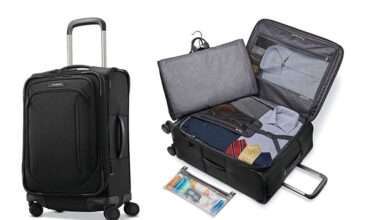Hong Kong Itinerary- The Best Things to See & Do in 2025!

Hong Kong Itinerary – Best Things to See & Do
Hong Kong is a vibrant city that seamlessly blends its Asian heritage with significant colonial influences, creating a unique and dynamic cultural landscape.
It dazzles with the energy and extravagance reminiscent of a Moulin Rouge show in Vegas.
Stay updated with the latest Hong Kong news and discover what to see and do in this captivating Chinese region.
Current Political Situation
Hong Kong remains politically tense due to the 2020 National Security Law, which targets secession, subversion, terrorism, and foreign collusion. This law has led to arrests of pro-democracy activists and increased government control over dissent and foreign interference.
In 2024, Article 23 expanded the law’s scope, intensifying concerns about diminishing freedoms and autonomy in Hong Kong. Travelers should monitor reliable news sources and advisories, such as those from the South China Morning Post, to stay informed and ensure safe travel plans.
Is Hong Kong Worth Visiting?
Absolutely. Despite the political unrest, Hong Kong remains a vibrant and culturally rich city with much to offer. Its blend of Chinese and British colonial influences, stunning skyline, and rich history make it a unique travel destination.
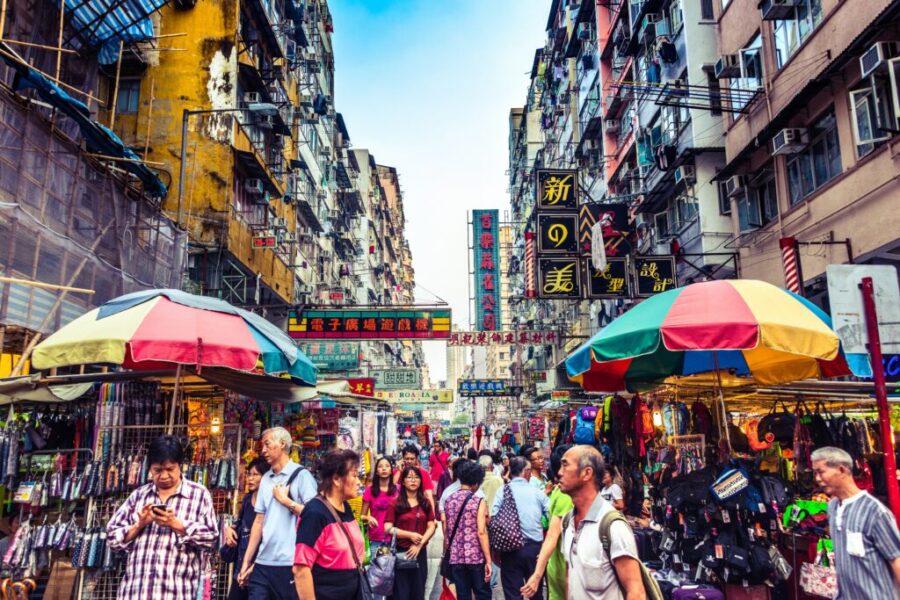
Best Time to Visit Hong Kong
The best time to visit Hong Kong is from October to December when the weather is more pleasant than in the hot and muggy summers.
Mid-December to February is cooler, making it another good period to visit. Rain-wise, August is typically the wettest month, and January is the driest. The typhoon season runs from mid-March to mid-September.
Is Hong Kong Expensive?
Hong Kong can be expensive, particularly in terms of accommodation and dining. However, budget options are available, especially for street food and local markets.
How Many Days to Spend in Hong Kong?
A well-rounded Hong Kong itinerary can be completed in 3-5 days, allowing you to explore major attractions, indulge in local cuisine, and experience the city’s dynamic culture.
4 Food Tours of Hong Kong
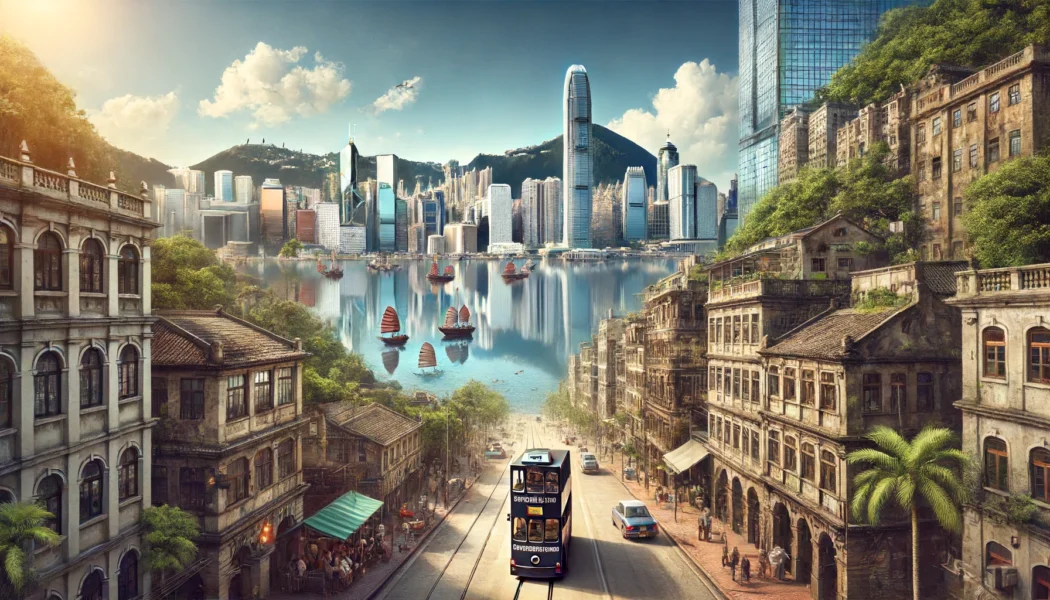
History
Evidence suggests that the region’s original settlers arrived around 6000 years ago, forming semi-coastal tribes. Over time, Chinese control established a lasting presence. The first British visitor was European explorer Jorge Alvares in 1513, and Portugal started leasing nearby Macau in 1557, initiating trade between Hong Kong and Europe.
The British extensively traded opium from India, leading to the First Opium War in 1839, when China attempted to stop this trade. Following the war, Hong Kong was ceded to the United Kingdom in 1842. Further hostilities led to the Second Opium War, and in 1898, Britain expanded its land holdings with a 99-year lease of the New Territories.
During World War II, Japan attacked Hong Kong on December 8, 1941, the same day as Pearl Harbor, and occupied the region for nearly four years until the British regained control on August 30, 1945. Post-war, Hong Kong rapidly grew into an Asian Tiger for industry and trade, becoming a major shipping hub and financial center for all of Asia.
With the 99-year lease ending, Britain returned control of all of Hong Kong to China on July 1, 1997. This historic event was marked by the Sino-British Joint Declaration in 1984, outlining the terms of the handover. Hong Kong became a Special Administrative Region (SAR) of China, allowing it to maintain its own economic and administrative systems distinct from mainland China for 50 years until 2047.
The “one country, two systems” principle was established, ensuring Hong Kong retained its capitalist economy, legal system, and way of life while China maintained sovereignty. Despite these assurances, there has been increasing concern over Beijing’s influence in Hong Kong’s affairs, especially after implementing the National Security Law in 2020 and Article 23 in 2024.
These developments have sparked significant local and international criticism, leading to widespread protests and ongoing political unrest.

Fact File
Regions of Hong Kong
- Mostly residential with a mix of modern apartments and traditional villages.
- Connected to mainland China.
- It is known for its parks, walled villages, and cultural sites like the 10,000 Buddhas Monastery.
- Port, industrial, and business-oriented areas.
- Contains residential districts and bustling neighborhoods such as Mong Kok and Tsim Sha Tsui.
- It is known for its high population density, vibrant street markets, and cultural landmarks.
- Part of the financial and business center, with significant residential areas.
- Known for its iconic skyline, Victoria Peak, and bustling districts like Central and Sheung Wan.
- Features a mix of colonial architecture and modern skyscrapers.
Most tourists visit the southern portion of Kowloon and the north-central part of Hong Kong Island. The Mass Transit Railway or MTR subway connects all these regions and is essential to any Hong Kong itinerary.
Location and General Information
- Location: Eastern side of the Pearl River estuary in southern China.
- State/Province: Special Administrative Region of the People’s Republic of China (HKSAR).
- Population: 7.4 million.
- Area: 1,104 square kilometers (426 sq mi).
- Seasonal Weather: Humid subtropical climate. The hottest month is August, with temperatures in the mid 30°Cs (mid 90°F), while January is the coldest month.
- Official Language: Cantonese.
- Other Languages: English.
- Religion: Buddhism, Confucianism, Taoism, Christianity, and Islam.
- Time Zone: UTC+08:00 (HKT).
- Currency: Hong Kong Dollar (HKD).
- Mains Electricity: 220 V–50 Hz.
- Driving Side: Left.
Traveling from Hong Kong International Airport to Central Hong Kong
Hong Kong International Airport (HKG), also known as Chek Lap Kok Airport, is about 24 miles northwest of central Hong Kong. It is the eighth busiest airport in the world for passengers and the busiest for cargo.
Train:
- The Airport Express Train is the fastest way to reach Kowloon and Central Hong Kong.
Bus & Taxi:
- Buses and taxis are also available. To save money, take a bus to Tung Chung and transfer to the Tung Chung MTR subway line, which parallels the Airport Express train.

Getting Around
Hong Kong has an extensive multimodal transport network. Ninety percent of daily trips are made on public transport. You should obtain an Octopus card, a contactless transit card usable on the MTR, buses, ferries, trams, and in many stores.
Train:
- The MTR subway is the fastest way to get around, with 11 lines serving various parts of the city.

Tram:
- The “Ding-Ding” is a fun, albeit slow, double-decker tram that runs east-west on Hong Kong Island. It offers a scenic tour of the city.
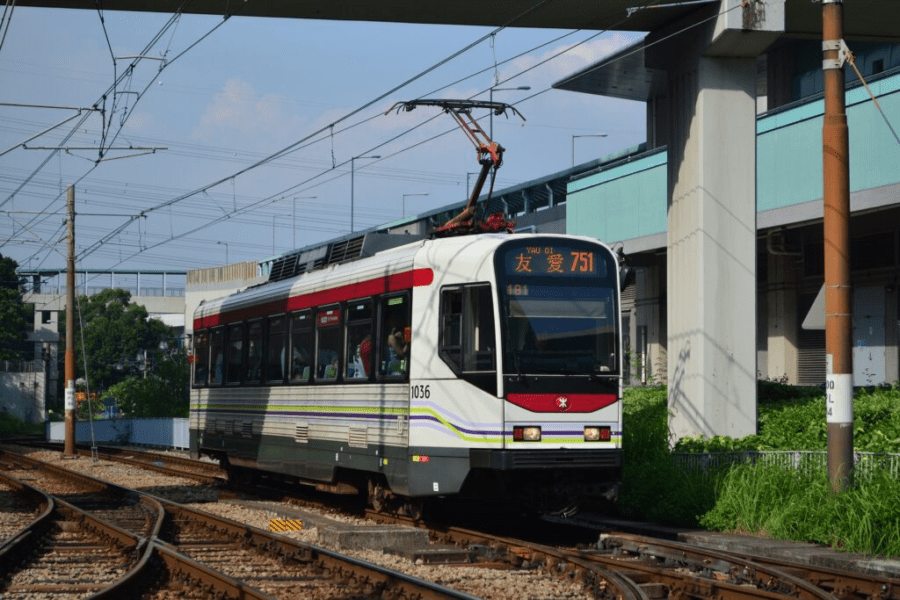
Light Rail:
- The New Territories are served by a modern light rail system, mainly used by locals.
4 Walking Tours of Hong Kong
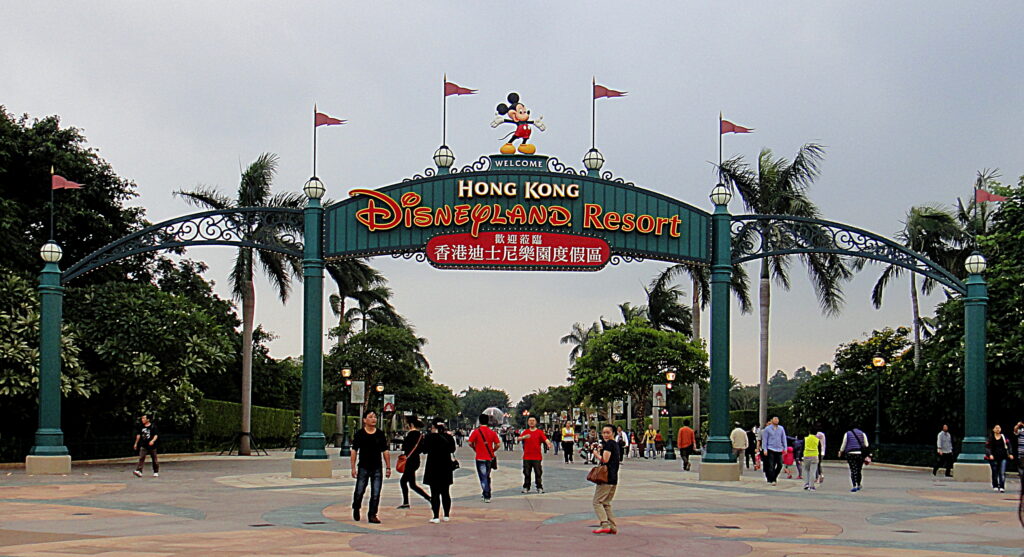
Things to Do in Hong Kong with Kids
There are numerous activities to include in your Hong Kong itinerary if you’re traveling with kids. Some top family-friendly attractions include:
- Hong Kong Disneyland: A magical experience for children with rides, shows, and Disney characters.
- Ocean Park: A marine-life theme park featuring animal exhibits, thrilling rides, and shows.
- Hong Kong Science Museum: Located in Tsim Sha Tsui, this museum offers a fun and educational experience with interactive exhibits.
- The Peak: Take the Peak Tram for spectacular views and enjoy the playgrounds and walking trails.
- Star Ferry: A budget-friendly way to see Victoria Harbour and enjoy skyline views.
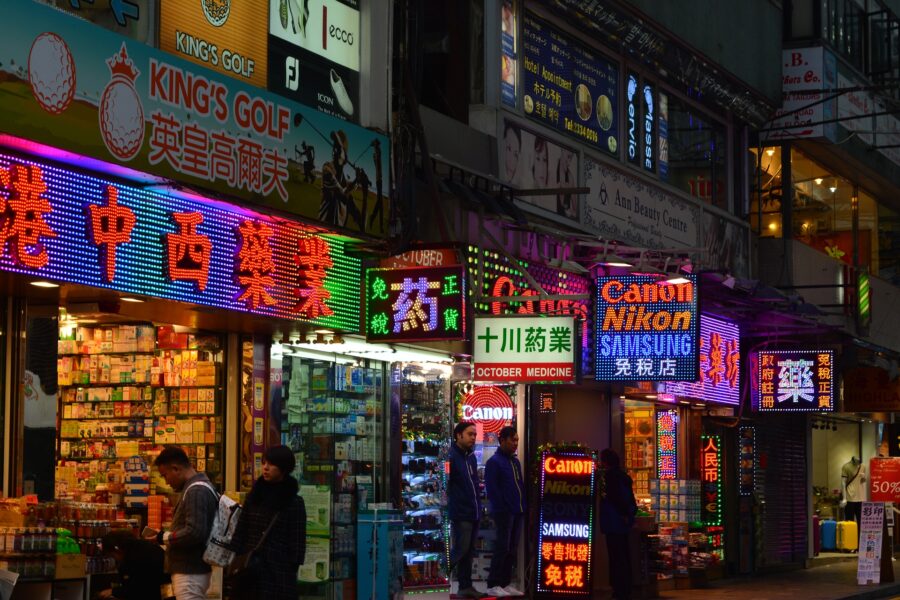
Hong Kong at Night
Hong Kong transforms into a vibrant city at night with plenty to offer. Key highlights include:
- Symphony of Lights: A spectacular light and sound show viewed best from the Tsim Sha Tsui waterfront.
- Night Buses: Take a night bus tour around the city to see the lit-up skyline and bustling streets.
- Rooftop Bars: Unwind with a drink at one of Hong Kong’s many rooftop bars offering stunning night views.
Hong Kong Night Market
Night markets are a must-visit on any Hong Kong itinerary. They offer a glimpse into local life with food, shopping, and entertainment:
- Temple Street Night Market: Located in Kowloon, it’s famous for its street food, fortune tellers, and various goods.
- Ladies Market: In Mong Kok, this market offers clothes, accessories, and souvenirs.
Hong Kong Nightlife
The nightlife in Hong Kong is diverse and exciting:
- Lan Kwai Fong: Known for its bars, clubs, and vibrant nightlife.
- SoHo: Offers trendy bars and restaurants, perfect for a night out.
Where to Stay in Hong Kong
Choosing the right neighborhood can enhance your Hong Kong itinerary:
- Central: The business hub with high-end hotels and easy MTR access.
- Causeway Bay: Great for shopping and dining.
- Tsim Sha Tsui: A lively area with many hotels, shops, and restaurants.
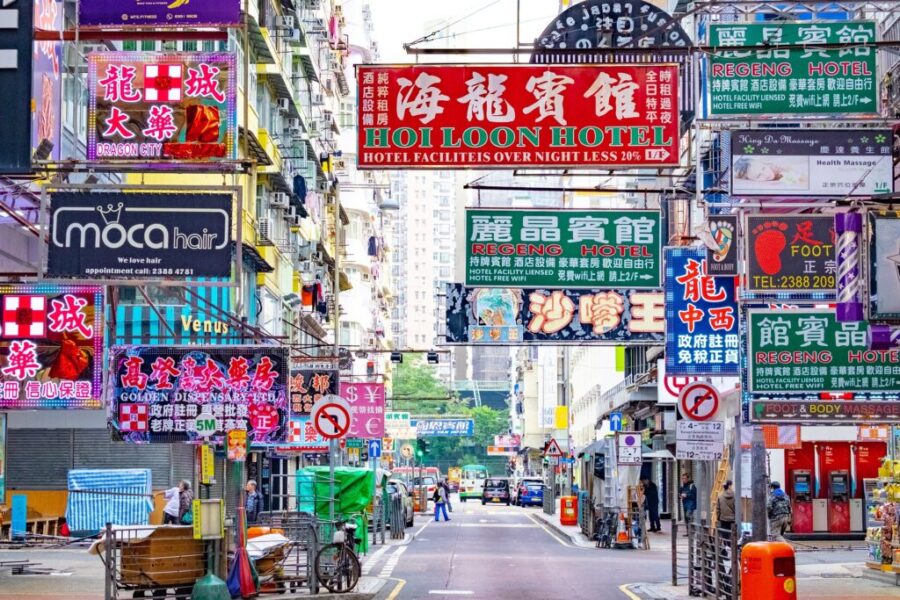
Hong Kong in General
10 Fun Facts About Hong Kong
- Hong Kong means “Fragrant Harbour”.
- It has the most skyscrapers in the world. Hong Kong boasts over 8,000 buildings with more than 14 floors, more than any other city globally.
- The city hosts the world’s longest-covered escalator system. The Central-Mid-Levels Escalator stretches over 800 meters.
- It has more Rolls Royces per person than any other city. This speaks to the wealth of some of its residents.
- The Peak Tramway is one of the oldest funicular railways. It began operation in 1888.
- Hong Kong has one of the world’s highest life expectancies. With an average life expectancy of around 85 years, it’s among the top globally.
- It operates one of the world’s busiest container ports. Hong Kong is a major logistics hub in Asia.
- The Tsing Ma Bridge is the world’s longest span suspension bridge. It measures 2.16 kilometers.
- It’s home to the world’s largest permanent light and sound show. The Symphony of Lights is featured daily at Victoria Harbour.
- The city has more than 200 islands. This archipelago setting provides many opportunities for exploration.
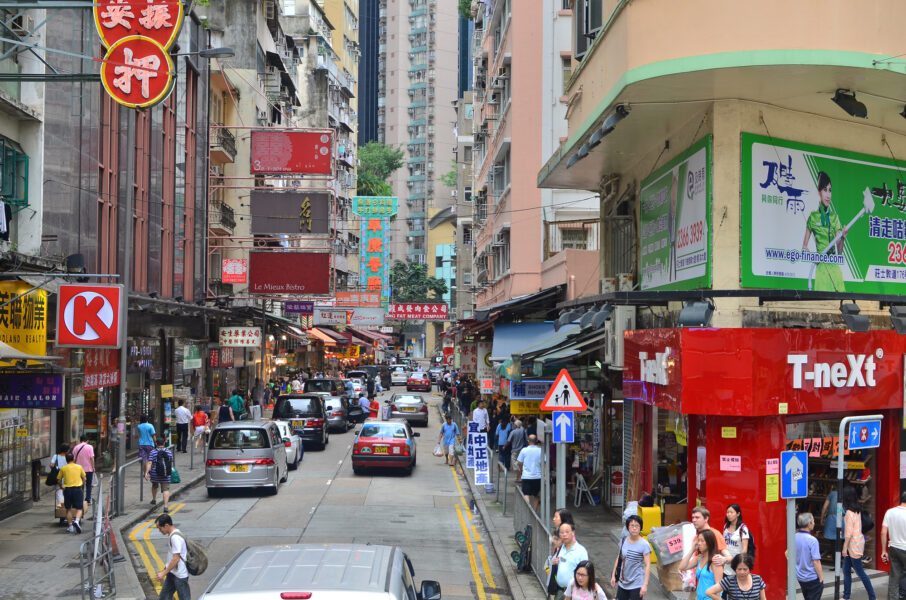
Top 5 Neighborhoods to Visit
- Central is the island’s hub, with many skyscrapers and the main MTR network hub. It is also a focal point for business, finance, and shopping, featuring landmarks such as the IFC Mall and Lan Kwai Fong for nightlife.
- Causeway Bay: Famous for shopping, including one of the world’s largest vertical malls, Times Square. It is a bustling retail and entertainment district.
- Tsim Sha Tsui: A lively area at the southern tip of the Kowloon Peninsula with plenty of shopping and dining options. It offers great views of Victoria Harbour and is home to the Avenue of Stars.
- Wan Chai: This area retains the colonial-era feel and offers a glimpse into Hong Kong’s heritage. It includes cultural sites like the Blue House and the Hong Kong Arts Centre.
- Sheung Wan: Known for trendy boutique shops and the coolest restaurants. This neighborhood blends traditional markets and modern cafés, making it a great exploring place.
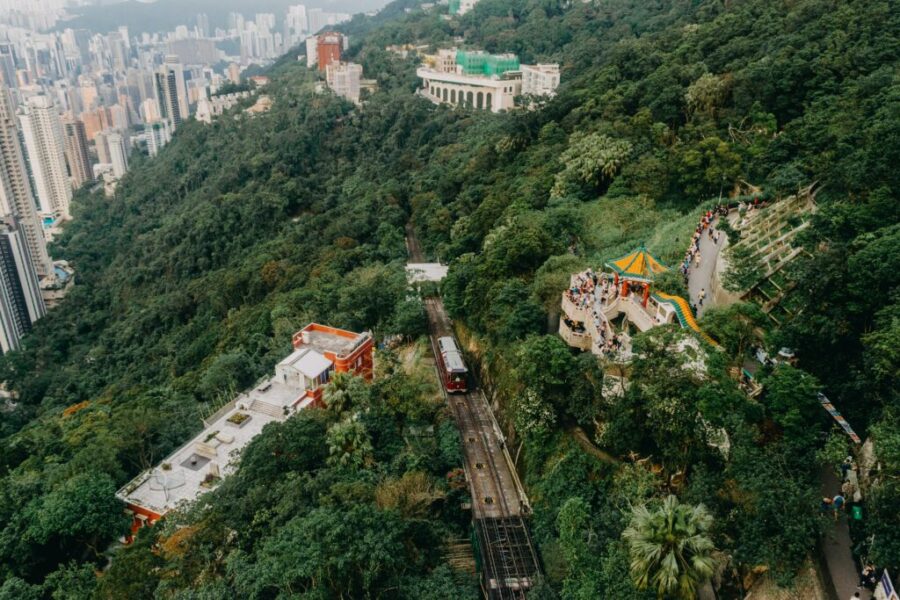
Top 5 Hong Kong Landmarks
- Victoria Peak Tram offers stunning views of the city and the bay. The Peak Tower and Sky Terrace 428 also provide panoramic views of Hong Kong.
- Star Ferry: This ferry runs between Kowloon and Hong Kong Island, offering scenic water views and an iconic travel experience.
- The Big Buddha (Tian Tan Buddha): Located on Lantau Island, this 34-meter-high statue is a major attraction that can be reached via a scenic cable car ride on the Ngong Ping 360.
- Happy Valley Racecourse: A central location for horse racing enthusiasts and a unique Hong Kong sports culture experience.
- Sky100 Observation Deck: Located in the International Commerce Center, it provides panoramic views of Hong Kong from the 100th floor.
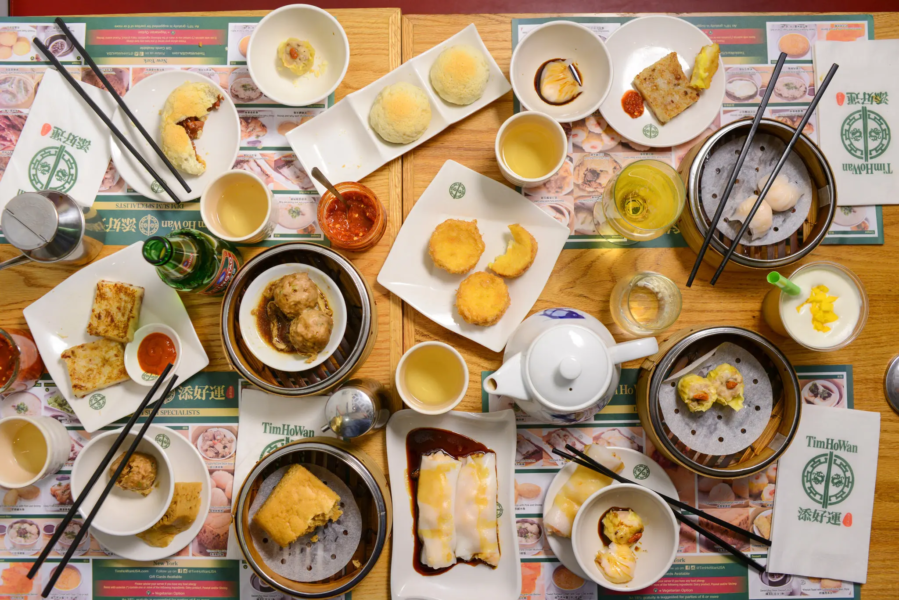
Top 5 Restaurants
Hong Kong’s culinary scene is vibrant and diverse, heavily influenced by Chinese cuisine. Here are some must-try spots:
- Street Food: Try Curry Fishballs, Siu Mai, or Stinky Tofu in Wan Chai, Mong Kok, and Tsuen Wan. These local delicacies offer a taste of traditional Hong Kong street food culture.
- Tim Ho Wan: Known for its Dim Sum in Sham Shui Po. This Michelin-starred restaurant offers high-quality, affordable dim sum.
- Mak’s Noodles: Famous for Wonton Noodles in Central. This spot is renowned for its authentic noodle dishes.
- Wildfire Pizza Bar: Located at Victoria Peak, this restaurant offers great food and stunning views. It’s a perfect place to enjoy a meal in the cityscape.
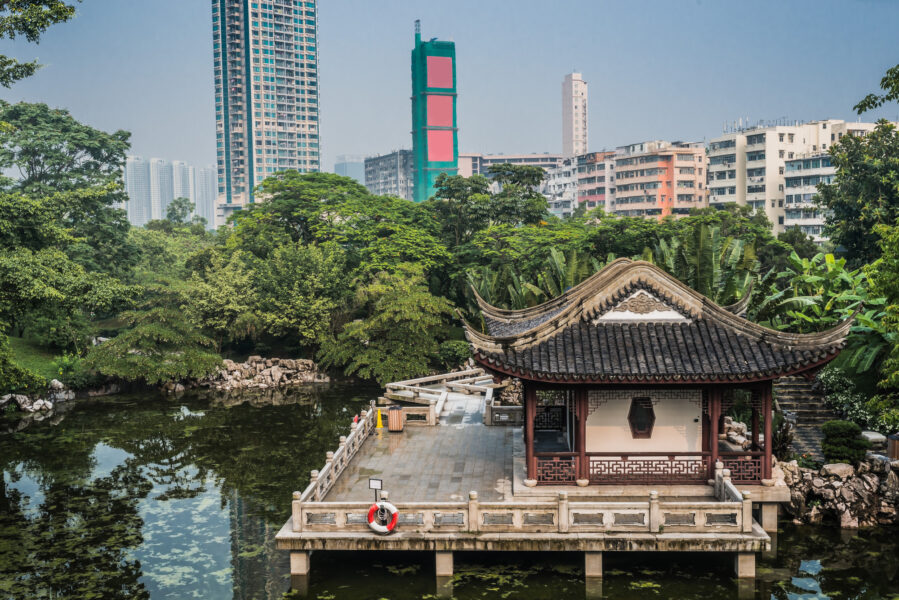
Hong Kong Itinerary – Top 5 Locally Unique Activities
- Take a ride on the Ding-Ding double-decker trams:
- Riding the historic Ding-Ding trams is a fantastic way to see the city and observe everyday life. Sitting on the top deck provides a great vantage point to take in the bustling streets of Hong Kong.
- Visit the Hong Kong Museum of History:
- This museum offers a comprehensive look at Hong Kong’s past, from prehistoric times to the present. The life-size exhibits make history come alive, and you can easily spend around three hours exploring the various galleries .
- Symphony of Lights Show:
- This nightly light show is a highlight of any Hong Kong itinerary. Featuring lasers and lights projected from the skyscrapers, it’s best viewed from the Tsim Sha Tsui waterfront in Kowloon. Arrive early to get a good spot.
- Kowloon Walled City Park:
- Once a military fort, this park in Kowloon was transformed in 1987. It offers a peaceful green space with historical remnants, providing insight into the area’s storied past.
- Hong Kong Heritage Museum:
- Located along the Shing Mun River, this museum focuses on Hong Kong’s history, art, and culture. It’s a great place to learn about the local heritage and see various cultural artifacts.
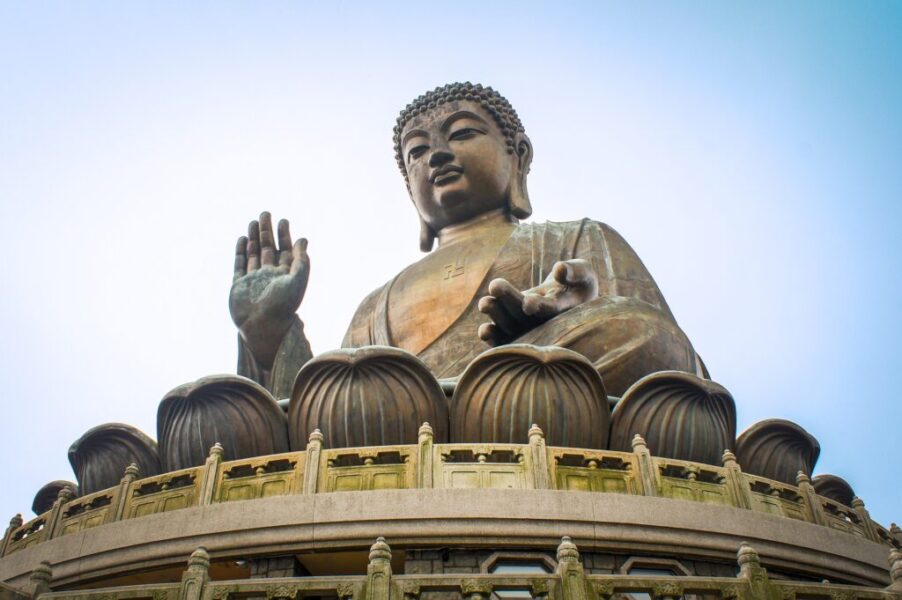
Top 5 Outdoor Recreational Activities
- Hiking Victoria Peak:
- Hike up to Victoria Peak for stunning views of the city and harbor. It’s a popular activity for both tourists and locals.
- Exploring Lantau Island:
- Beyond visiting the Big Buddha, Lantau Island offers numerous trails and the scenic Ngong Ping 360 gondola ride. It’s a must for outdoor enthusiasts .
- Hong Kong Disneyland:
- This theme park is perfect for families, offering a mix of classic rides, shows, and Disney magic .
- Ocean Park:
- It is another great amusement park with marine life exhibits and thrilling rides. It’s easily accessible via the MTR.
- Bicycling along the waterfront:
- Enjoy a relaxing bike ride along Hong Kong’s picturesque waterfront paths. It’s a great way to see the city from a different perspective.
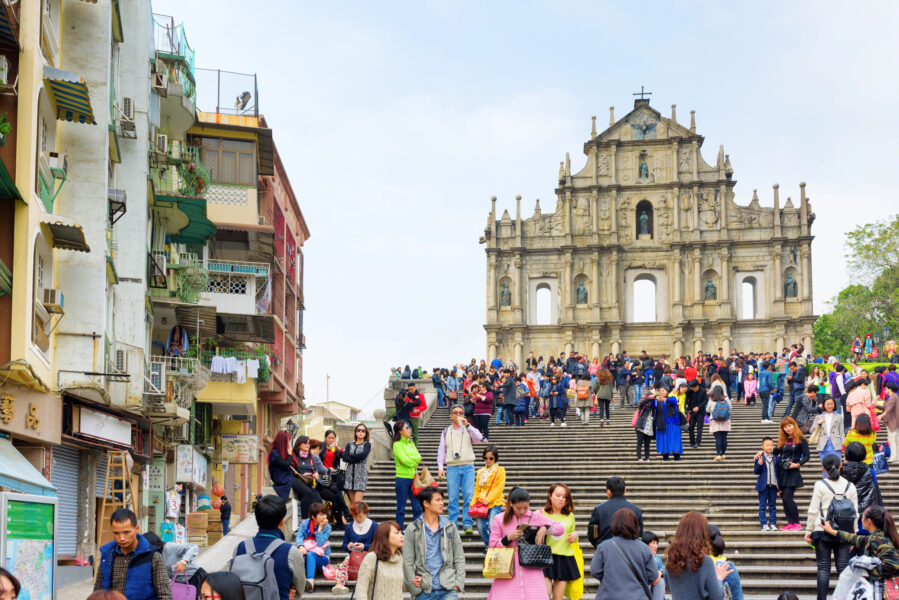
Top 5 Day Trips from Hong Kong
- Macau:
- A ferry or bus ride away, Macau is known for its Portuguese heritage and luxurious casinos. It’s a unique blend of cultures that’s worth exploring.
- Shenzhen:
- Just across the border, Shenzhen is a rapidly growing city with plenty of shopping and entertainment options .
- Guangzhou:
- Accessible via high-speed rail, Guangzhou is a major Chinese city with rich cultural and historical attractions .
- Lamma Island:
- Lamma Island is a popular weekend destination with beautiful beaches, hiking trails, and a laid-back atmosphere.
- Tai O:
- This fishing village on Lantau Island is known as the “Venice of Hong Kong” for its stilt houses and tranquil canals.
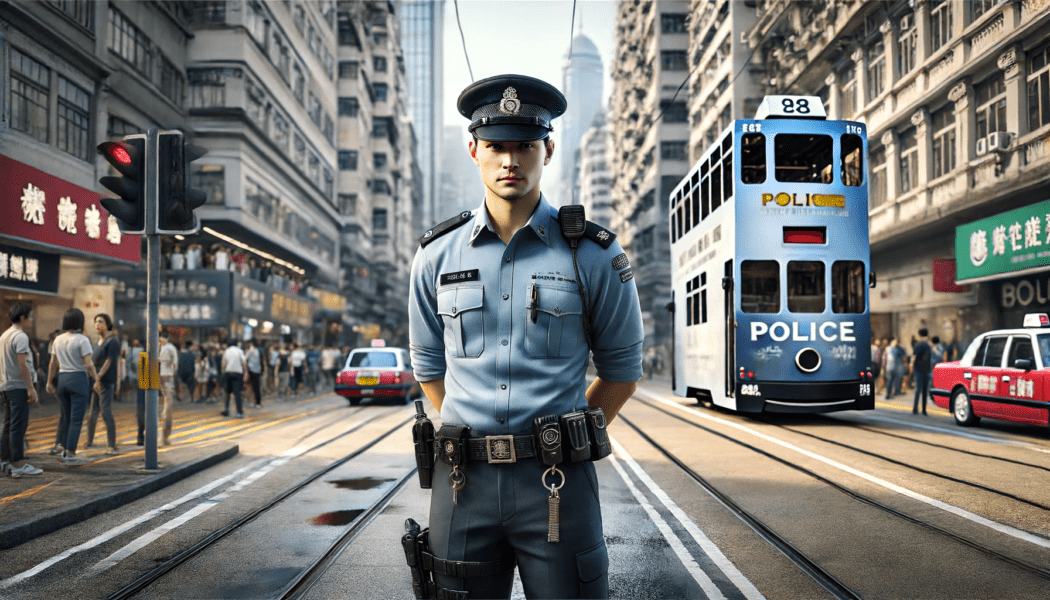
Visiting Hong Kong Safely
Hong Kong is generally a safe city to explore, even at night. If walking after dark, stick to well-lit streets, and note that the MTR is safe to use at night.
Due to recent protests, it is advisable to check Hong Kong news reports and travel advisories from sources like the US Department of State and the Australian Department of Foreign Affairs and Trade.
Monitor local news in the Hong Kong Special Administrative Region of the People’s Republic of China (HKSAR) to stay informed about potential disruptions.
Refer to reliable sources and travel guides for more detailed and updated information.
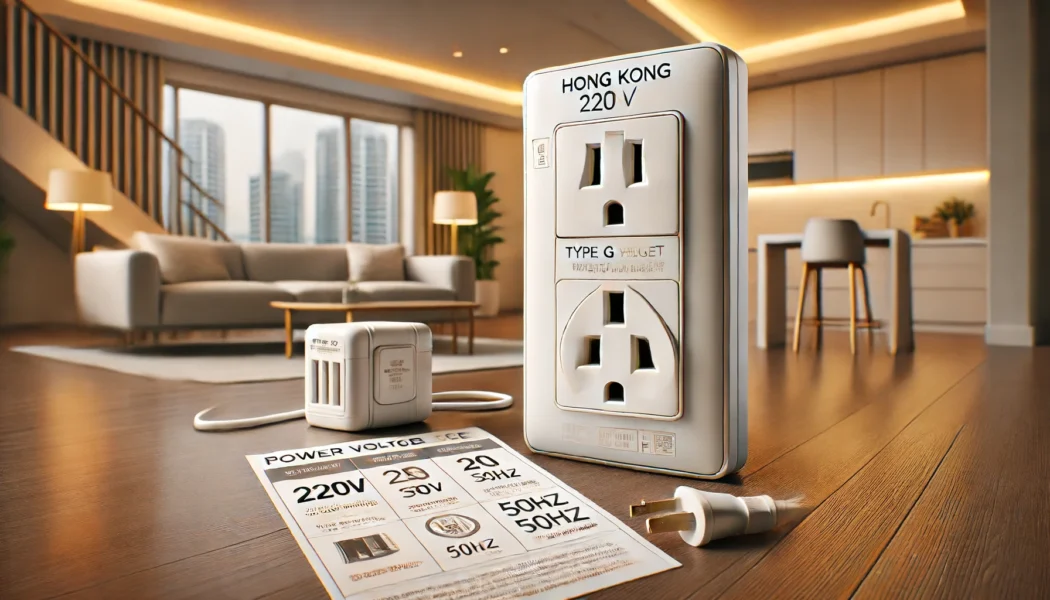
Hong Kong Outlet Plug
Hong Kong Power Outlet: The standard electrical voltage in Hong Kong is 220 V with a frequency of 50 Hz. The plugs used are of type G, which have three rectangular prongs.
Hong Kong Voltage: Ensure your devices are compatible with this voltage to avoid damage. Most modern electronics, such as laptops and phone chargers, are dual-voltage (110-240V), but always check your device specifications.
Power Converters and Transformers: If your device is incompatible with 220 V, you will need a power converter or transformer. A power converter is suitable for simple electronics and appliances, whereas a transformer is needed for more complex or continuous-use devices like hair dryers or electric shavers.
- Power Converters convert the voltage from 220 V to 110 V. They are suitable for short-term use with small electronics and appliances. Ensure the converter’s wattage matches the device you are using.
- Transformers: These are used for devices that require continuous power and can handle higher wattages. Transformers are generally more robust and suitable for larger appliances that need to run for extended periods.
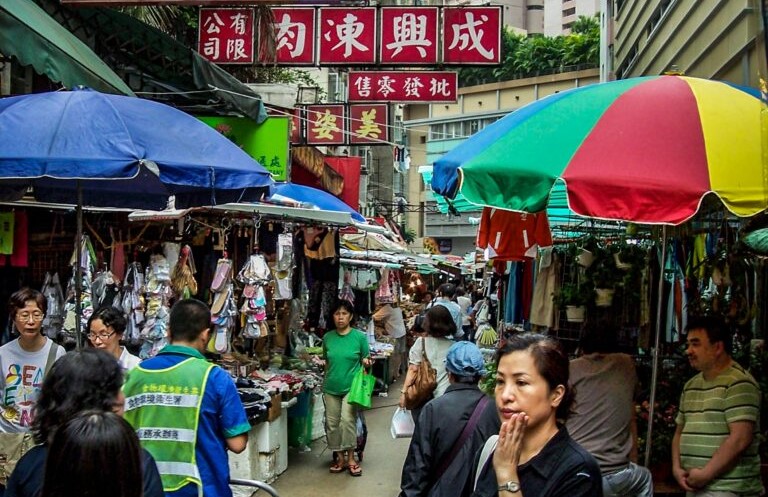
What I Like About Hong Kong
Hong Kong uniquely blends the feel of China with a distinct Western flair. It has the hustle and bustle characteristic of any large metropolis yet retains its charm.
One of the most striking features is the traditional streetcar (tram) that runs through the central business district.
Despite the high-speed MTR line running parallel for much of its route, the tram remains relevant and highly used. This mix of old and new perfectly reflects Hong Kong’s character.
The MTR is clean, fast, and the most efficient way to travel from the airport to the city. It provides a seamless connection that underscores the city’s advanced infrastructure.
The views from the top of Victoria Peak are simply stunning. From this vantage point, you can see the sprawling city below, the harbor, and the surrounding islands, providing a breathtaking panorama highlighting the city’s unique blend of natural and urban landscapes.
Key Points
- A blend of Cultures: Hong Kong combines the essence of Chinese culture with Western influences, creating a vibrant and diverse environment.
- Traditional Trams: The continued use of the traditional streetcar through the central business district reflects the city’s ability to preserve its heritage while embracing modernity.
- Efficient Transportation: The MTR system is renowned for its cleanliness, speed, and efficiency, making it the best way to navigate the city, including traveling from the airport.
- Stunning Views: Victoria Peak offers unparalleled views of the city and its surroundings, showcasing Hong Kong’s unique natural beauty and urban development blend.
This mix of traditional charm, modern efficiency, and scenic beauty makes Hong Kong a captivating destination.
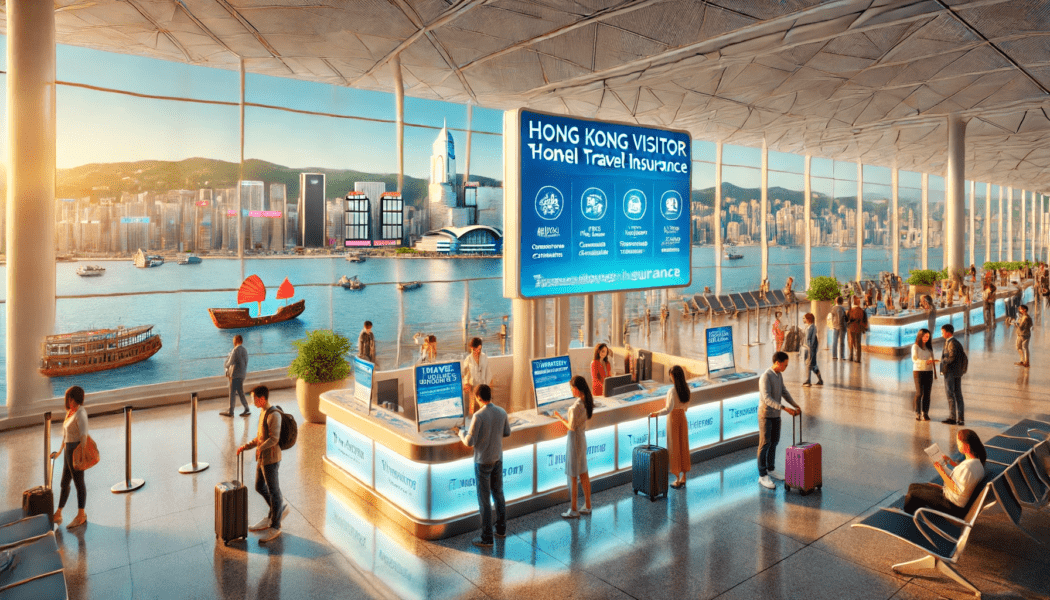
Hong Kong Visitor Travel Insurance
Travel insurance is essential when planning your Hong Kong itinerary. It covers medical emergencies, trip cancellations, and lost belongings, ensuring peace of mind.
Given the city’s recent political unrest, insurance can also cover unexpected disruptions. Always check policy details and coverage specifics before purchasing.

Tim combines travel and transportation expertise with personal growth insights, offering dynamic guides and reviews for unforgettable journeys and stimulating relationships.

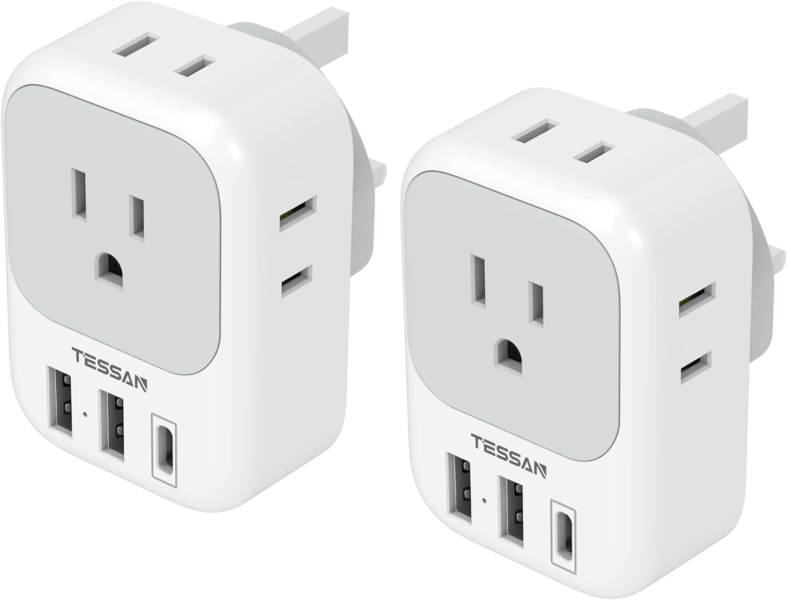
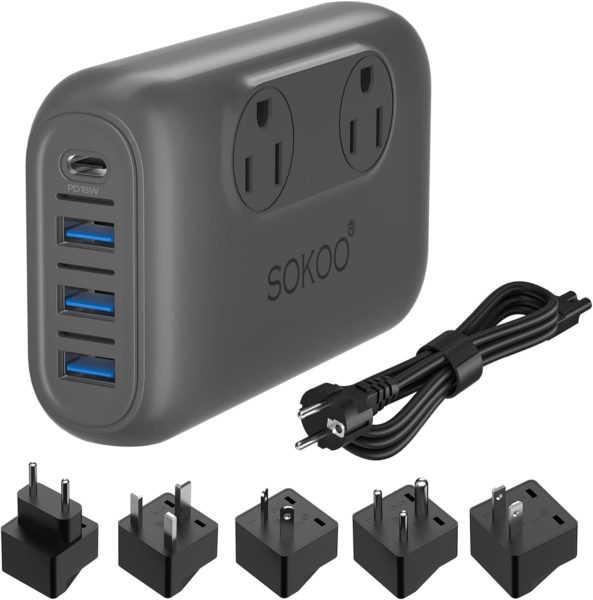
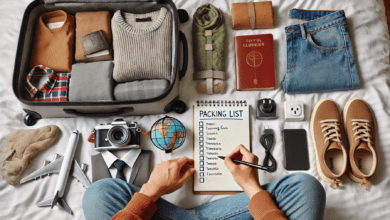
![How to Use Apple AirTags as Luggage Tracking Tags - [year] Update](https://theflightguy.com/wp-content/uploads/2024/06/image-140-390x220.png)

